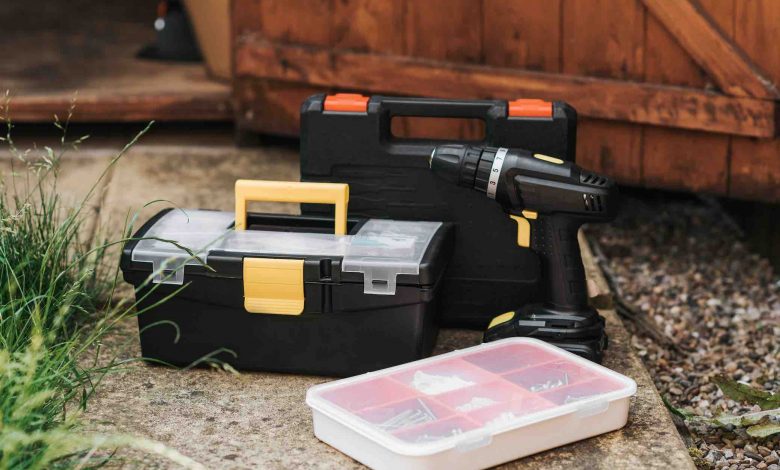
Types of Electrical Wiring Electricians Should Know
Get To Know the Tools You Need for Your Electricians Degree in Florida
Electrical wiring is the foundation of any electrical system. It’s the invisible network that carries electricity throughout a building, powering everything from lights and appliances to outlets and electrical panels.
Understanding the different types of electrical wiring is essential for electricians. It allows them to choose the right wire for the job, ensuring safety, efficiency, and code compliance. Here’s a handy guide for future electricians and those currently enrolled in electrical trade school in Florida.
Common Types of Electrical Wiring
Here are some of the most common types of electrical wiring:
- Non-metallic (NM) Cable: Also known as Romex, NM cable is the most used type of electrical wiring in homes and buildings. It’s a flexible cable that typically contains two or three insulated conductors, a ground wire, and an outer jacket. NM cable is suitable for a variety of applications, including branch circuits, feeders, and switch legs.
- Armored Cable (BX): BX cable is a type of armored cable that consists of insulated conductors wrapped in a metal sheath. This metal sheath provides additional protection against physical damage, making it suitable for use in exposed locations or areas prone to impact. BX cable is commonly used in unfinished basements, attics, and outdoor applications.
- Metal-Clad Cable (MC): Like BX cable, MC cable is another type of armored cable. However, MC cable features a flexible metal conduit instead of a metal sheath. This makes it more flexible and easier to install than BX cable. MC cable is often used in commercial and industrial settings, as well as in areas where flexibility is required.
- Threaded Metal Conduit (TMC): TMC is a rigid metal pipe that is used to protect electrical wires. It is threaded on both ends, allowing easy connection to fittings and connectors. TMC is commonly used in commercial and industrial settings and in areas where exposed wiring is required.
- Underground Feeder Cable (UF): UF cable is a type of non-metallic cable specifically designed for underground use. Its water-resistant jacket protects the conductors from moisture and corrosion. UF cable is typically used to connect a building’s electrical service entrance to the meter base or main breaker panel.
- Service Entrance (SE) Cable: SE cable is another type of cable that is designed for outdoor use. It is like UF cable but has a tougher outer jacket that is more resistant to sunlight and UV rays. SE cable is typically used to connect the utility transformer to the building’s service entrance.
Choosing the Right Electrical Wiring

Selecting the appropriate electrical wiring for a project requires careful consideration of several factors, including:
- Application: The intended use of the wiring will determine the type and size of conductor required. For example, a circuit that will power a light fixture will require a smaller gauge wire than a circuit that will power a high-wattage appliance.
- Voltage: The voltage rating of the wiring must match the voltage of the circuit on which it will be used. In North America, common residential voltage is 120 volts and 240 volts.
- Ampacity: The wiring’s ampacity refers to how much current it can safely carry. The wire’s ampacity rating must be greater than the maximum current the circuit will draw.
- Location: The location of the wiring will influence the type of cable that is suitable. For example, UF cable is required for underground use, while BX cable may be appropriate for exposed locations in a basement.
- Code compliance: All electrical wiring installations must comply with the National Electrical Code (NEC) or local electrical codes. The NEC sets the standards for safe electrical practices and specifies the types of wiring that can be used in different applications.
Additional Considerations for Electricians
In addition to the factors mentioned above, electricians should also consider the following when working with electrical wiring:
- Safe working practices: Always follow safe electrical working practices, including wearing appropriate personal protective equipment (PPE) and de-energizing circuits before working on them.
- Wire sizing and color coding: Understand wire sizing and color-coding conventions to ensure proper selection and installation of conductors.
- Proper installation techniques: Use the appropriate tools and methods for installing different types of electrical wiring.
- Testing and inspection: Always test and inspect electrical wiring after installation to ensure it is safe and functional.
By understanding the different types of electrical wiring, their applications, and the factors to consider when choosing the right wire, electricians can ensure the safety, efficiency, and code compliance of their work.
Equipping Yourself for Success
A comprehensive understanding of electrical wiring is not only essential for electricians; it’s also the foundation of a successful career in the electrical field. By familiarizing themselves with the various types of wiring, their applications, selection criteria, and safe working practices, electricians can ensure the quality, safety, and longevity of their electrical installations, ultimately contributing to the well-being of the communities they serve.
For those seeking to start a career as an electrician in this dynamic field, Florida trade schools like CBT Technology Institute offer comprehensive educational programs that equip individuals with the knowledge and skills needed to thrive. CBT can help you become an electrician in Miami!
Whether you’re drawn to the hands-on nature of the 8-month technician diploma program or aspire to become a highly skilled professional through the 20-month associate degree program, CBT Technology Institute provides the foundation for electrical success.
Contact CBT Technology Institute today to explore your options and discover the path that ignites your passion for the electrical field.
